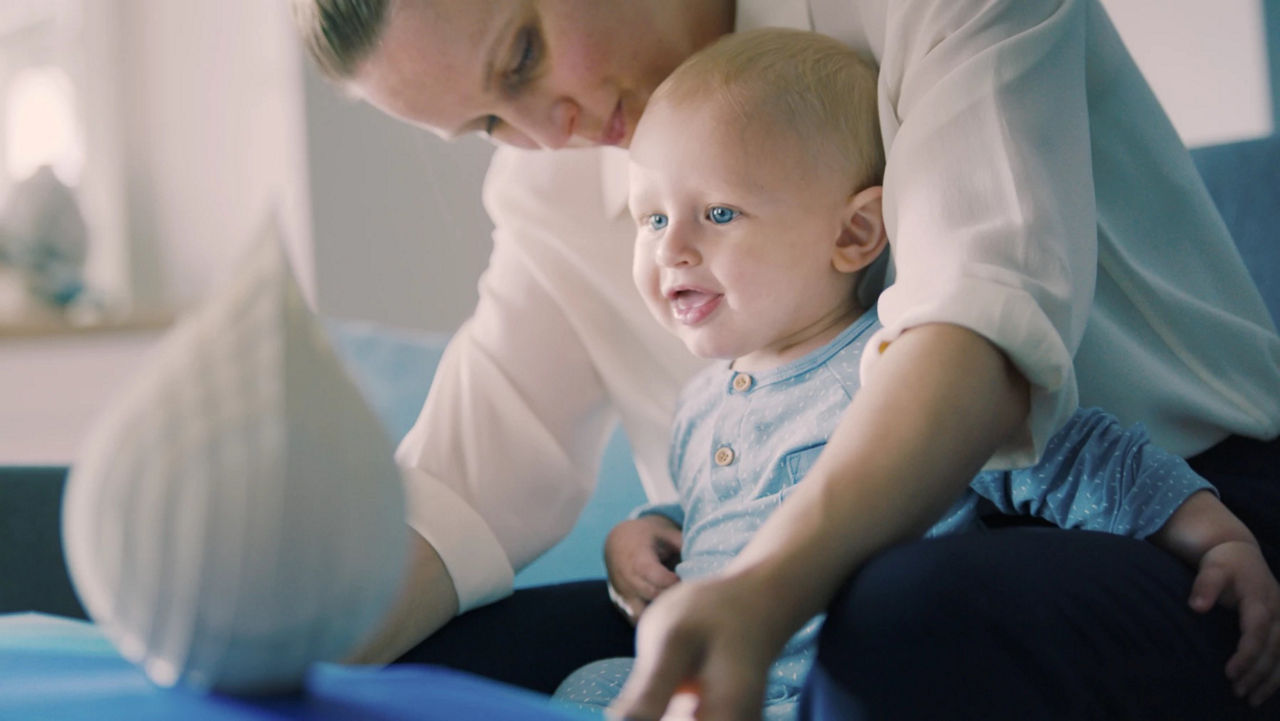Breast milk contains millions of other factors which help your baby from helping their immune system to developmental benefits. For example, breast milk contains stem cells, growth factors, postbiotics, bacteria, immune factors (cytokines), nucleotides, hormones and immune cells8,20,21.
Breast milk is rich in nucleotides, which are the building blocks for all cells in the body, including the immune system. Research has shown that nucleotides support the activity of certain cells within the immune system, helping protect the body against infection22.
Hormones found in breast milk change throughout the day, and this helps to regulate the baby’s body functions, such as energy balance and sleep23.
Immune cells help to protect your baby while their own immune system is learning how to work best. These cells, which are called leukocytes, will increase in number if you or your baby are ill to protect your baby from infection7.










